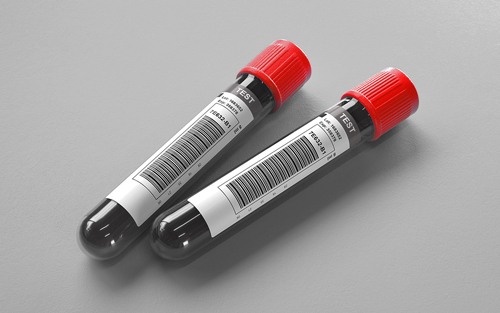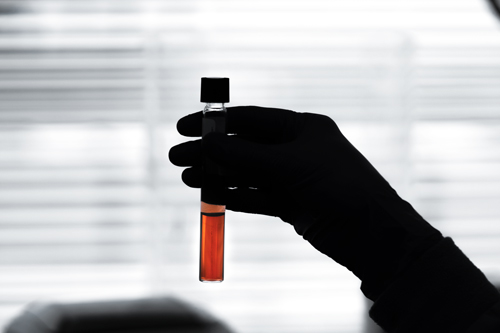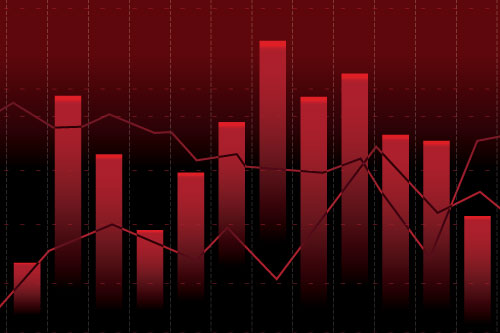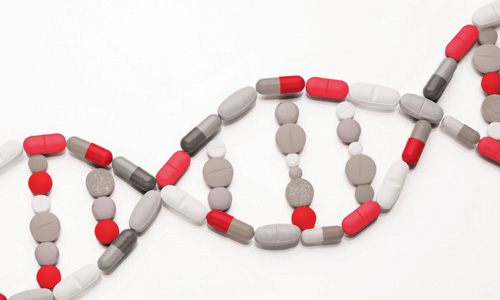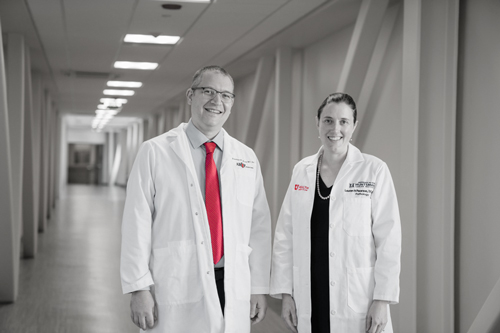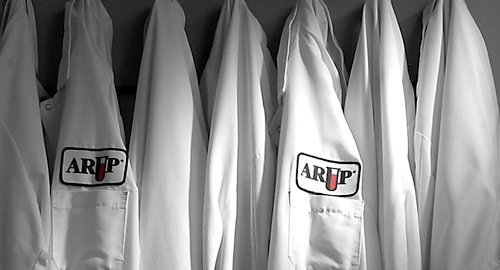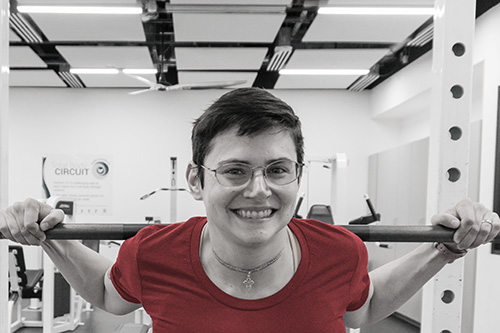Rickettsia rickettsii (Rocky Mountain Spotted Fever) Antibodies, IgG & IgM by IFA
Ordering Recommendation
Preferred test for acute or convalescent phase of disease. Acute and convalescent titers often necessary.
New York DOH Approval Status
Specimen Required
Serum Separator Tube (SST).
Separate from cells ASAP or within 2 hours of collection. Transfer 1 mL serum to an ARUP standard transport tube. (Min: 0.4 mL) Parallel testing is preferred and convalescent specimens must be received within 30 days from receipt of the acute specimens.
Refrigerated.
Contaminated, hemolyzed, or severely lipemic specimens.
Mark specimens plainly as "acute" or "convalescent."
After separation from cells: Ambient: 48 hours; Refrigerated: 2 weeks; Frozen: 1 year (avoid repeated freeze/thaw cycles)
Methodology
Semi-Quantitative Indirect Fluorescent Antibody (IFA)
Performed
Sun-Sat
Reported
1-3 days
Reference Interval
| Test Number |
Components |
Reference Interval |
|---|---|---|
| Rocky Mt Spotted Fever IgG | Less than 1:64 | |
| Rocky Mt Spotted Fever IgM | Less than 1:64 |
Interpretive Data
The CDC does not use IgM results for routine diagnostic testing of Rocky Mountain Spotted Fever, as the response may not be specific for the agent (resulting in false positives) and the IgM response may be persistent from past infection.
Antibody reactivity to Rickettsia rickettsii antigen should be considered Spotted Fever group reactive. Other organisms within the group include R. akari, R. conorrii, R. australis, and R. sibirica.
Seroconversion, a fourfold or greater rise in antibody titer, between acute and convalescent sera is considered strong evidence of recent infection. Acute-phase specimens are collected during the first week of illness and convalescent-phase samples are generally obtained 2-4 weeks after resolution of illness. Ideally these samples should be tested simultaneously at the same facility. If the sample submitted was collected during the acute-phase of illness, submit a marked convalescent sample within 25 days for paired testing.
| Component |
Unit Of Measure |
Interpretation |
|---|---|---|
| Rocky Mt Spotted Fever IgG | Less than 1:64 1:64 - 1:128 1:256 or greater |
Negative - No significant level of IgG antibody detected. Low Positive - Presence of IgG antibody detected, suggestive of current or past infection. Positive - Presence of IgG antibody suggestive of recent or current infection. |
| Rocky Mt Spotted Fever IgM | Less than 1:64 1:64 or greater |
Negative - No significant level of IgM antibody detected. Positive - Presence of IgM antibody detected, which may indicate a current or recent infection; however, low levels of IgM antibodies may occasionally persist for more than 12 months post-infection. |
FDA
Note
Hotline History
CPT Codes
86757 x2
Components
| Component Test Code* | Component Chart Name | LOINC |
|---|---|---|
| 0050369 | Rocky Mt Spotted Fever IgG | 5307-4 |
| 0050372 | Rocky Mt Spotted Fever IgM | 5308-2 |
Aliases
- RMSF
- Rocky Mountain Spotted Fever
- Rickettsia
